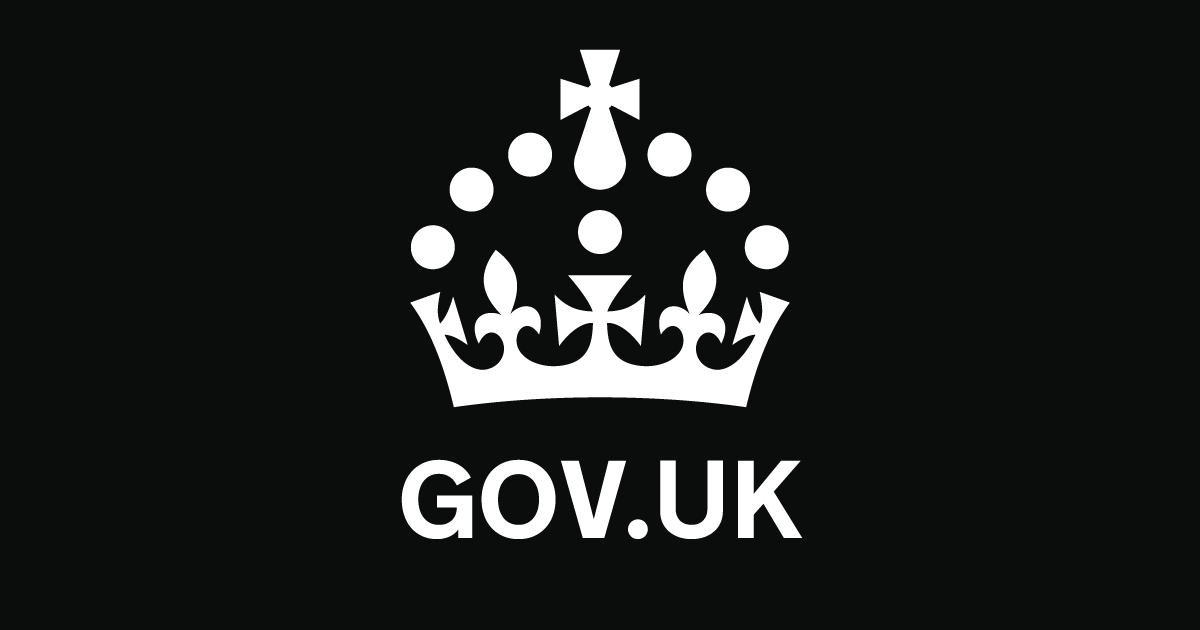Pitch Deck (Grants)
Title Slide
Problem
Empower individuals to have their voices heard
1. Solution
2. How it works
3. Market Validation
4. Market Size
5. Product
6. Adoption Strategy
7. Competition
8. Competitive Advantages
9. The Team
10. Testimonials
11. Financials
Title Slide
SchoolDAO
Empower students to actively participate in the governance process of their schools using web3 technology.
Problem
What problem is our target:
- The school experience is sub-optimal for students because decision-makers are not hearing all voices impacted by their decisions
- Lack of inclusion and transparency in decision making processes
- Limited say/power in decision making for majority of school students
- School politics are a “popularity contest”
- Decision making is centralized
- Administrations don’t include students in decisions
- Student body as core stake holders are frequently not consulted
- Schools don’t have web3 learning programs
Empower individuals to have their voices heard
1. Solution
- Empower student groups to have their voices heard
- Organize
- Design and build a DAO (Decentralized Autonomous Organization) platform to allow student groups to organize and make proposals
- Educate
- Educate these groups on how to organize, govern their community, use this platform to achieve the changes they desire and how to best interact with decision makers.
- Connect
- Create an ecosystem of schools around the world who can share learnings, collaborate on projects and support each other’s development
Notes
Notes
2. How it works
- Empowering:
- A student group sets up their school on our platform (creating a DAO)
- A user opens a QR code, joining the platform with their school’s email. He/She is automatically associated with the correct organisation and all permissions to be able to join the discussions, create proposals, vote and engage the community.
- From there they have options: they can enter the learning hub and learn, in a gamified way, more about the technology behind our platform, the governance systems and much more. They can enter their SchoolDAO hub and create proposals, add to the discussion and vote. Finally, they can also enter the Connect Hub where they can reach out to all other organisations on our platform to join or connect with other student groups around the world.
- Voices Heard:
- The members of the SchoolDAO have a choice about how they want to engage the different stakeholder groups. By Default, all proposals are forwarded to the email of the school principal, but SchoolDAO members may chose to nominate representatives or adopt any other system they wish.
- Ownership of their voices:
- Students own their DAO. Therefore, it is their responsibility to chose the parameters of the organisation as well as having the benefits of ownership. Fundamental choices, such as type of voting, will be decided by them with support from the learning program.
The Learning Platform
- Learn about web3 and decentralized organization (DAOs)
- Join cohorts of students to learn with and from other students across the world
- Library of on-demand courses
- Live courses
The School DAO
Organize your student body, make decisions, and drive change
- Setup your school DAO
- Invite the student body create a wallet (or use their school or personal email) and join the DAO
- Discuss and debate issues on the forum
- Create proposals to drive change
- Execute a vote on the proposals
- Share the results with the student body and school administration
3. Market Validation
****Should contain learnings/validation from POC****
Validation:
- a POC was run with students at a Charter school in LA.
- We are in contact with some other schools in Ireland and the USA
- How have we validated the market? Granada Hills High School
- Are there other solutions out there that compare to? Not that we know of
- Are there similar things that schools are trying to do already? Nothing mainstream or that has gained traction
- And we have talked to X of people at Y schools
- Action item: research - find data, anecdotes, etc.

4. Market Size
- How do we define the market?
- Starting with English Speak countries with a focus on US, Canada, the UK and Ireland. Later to be expanded to other markets.
- Students at High Schools (15 to 18)
- USA (2021 data) and 15.1 million students in public and 1.54 million in private High School in the 19/20 academic year.
- Canada 3,419 High Schools and 1.6 million high school students (92% are in public schools)
- UK 4,190 Secondary Schools and 4.1 million students
- Ireland 723 Secondary Schools and 200,000 students
- Market size is:
- Number of Schools - 34,000
- Student Population - 22 million
(Use the three bubble approach from the airbnb deck)
- Total addressable market - how many school globally? Europe + US?
- Student population size:
US: High schools in the US: 23,519 (2020-21), Students: Public: 15,492,000 Private: 1,539,000
EU: Students in higher secondary education in EU: 17.9 million (number of schools?)
South America:
Asia:
Africa:
Global:
- Parent population size (2nd potential user group):
- Teacher population size:
- Administrator population size:
- Serviceable addressable market - how much of that target market can we actually service?
- Serviceable obtainable market - what we are going after.
1%


5. Product
What is our product
Technical Specifications
- What is the product and why is it awesome
- Learn how to navigate web3
- Limited web3 knowledge onboarding: users are able to start participating in web3 on day one if they know how to create a username and password, then build their knowledge over time.
- Create Student owned DAOs
- Create your project/proposal, debate, vote and enact
- Create art, science, and music NFTs and sell them on the marketplace to fund your proposal

6. Adoption Strategy
- How do we break into this non-existing market?
- Early stage growth:
- Direct outreach to schools by core team members until Product Market Fit is achieved
- Job/career day fairs
- To scale:
- Partnerships with:
- School districts
- 3rd party tech providers
- NGO’s and foundations that promote democracy initiatives ( https://code.org , https://eudec.org/about-us/who-we-are/, https://www.youthactivismproject.org/ https://www.stuvoice.org/ )
- Student - Ambassador program
- Internships - word of mouth student to student spreading to other schools
*Other notes - not sure if they belong here:
- Our solution pulls on emotions of users and community
- Fears - my (my kids) school is not well funded and I have no way to fix that or change schools
- Competition/pride - We can sell our schools creative and innovative assets on the market
- Compassion - I can buy NFTs and the money goes to supporting education

7. Competition
- What else is already out there?
- Capterra.com
- votesforschools.com
- Google educate, apply classroom
- List of solutions in the education space (voting apps, proposal apps, web3 education solutions)

8. Competitive Advantages
- Why us?
- 1st to market - we will be the first org to launch a web3 governance app designed for school students, with an eye on opening this up to all school stakeholders, should the demand present itself
- Again: Limited web3 knowledge onboarding: users are able to start participating in web3 on day one if they know how to create a username and password, then build their knowledge over time.
- One platform solution, integrating:
- Learning
- Governing
- Connecting
- Benefits of web3 and their appeal to the student body, including:
- Decentralization
- Ownership
- Transparancy
- Best of Web2: a more mature technology which will provide further:
- Ease of use
- Accessibility
- Familiarity
- Students are part of the team allowing us to best deliver to their needs
- Understanding of student needs, with student body partnerships to advise in the design process

9. The Team
- Who are we?
10. Testimonials
- Quotes from schools / teachers / students that want this.
11. Financials

Team costs: $10,000 per month, $30,000 for 3 month MVP development period
Development costs to build MVP: $20,000
Total requested: $50,000
MVP Deliverables:
- Email and web3 wallet onboarding/whitelisting
- Gameified onboarding experience
- Forum to enable:
- Posting and debating proposals
- Bullying and abuse safety features
- Proposal voting
Delivery time - 8 weeks development, 4 weeks of testing with partner schools



![High School Teacher Demographics and Statistics [2023]: Number Of High School Teachers In The US](https://static.zippia.com/assets/zippia-og-image.png)